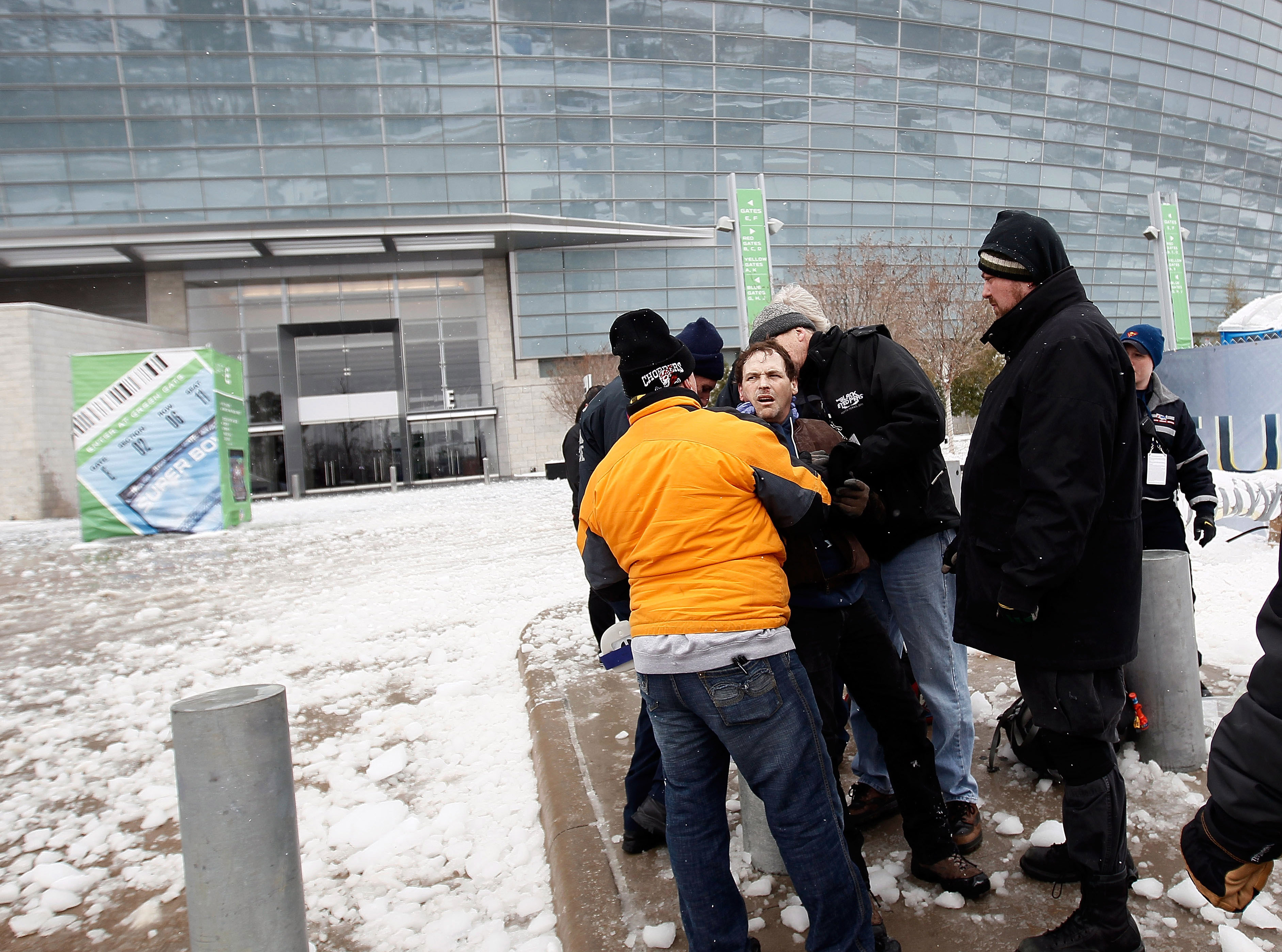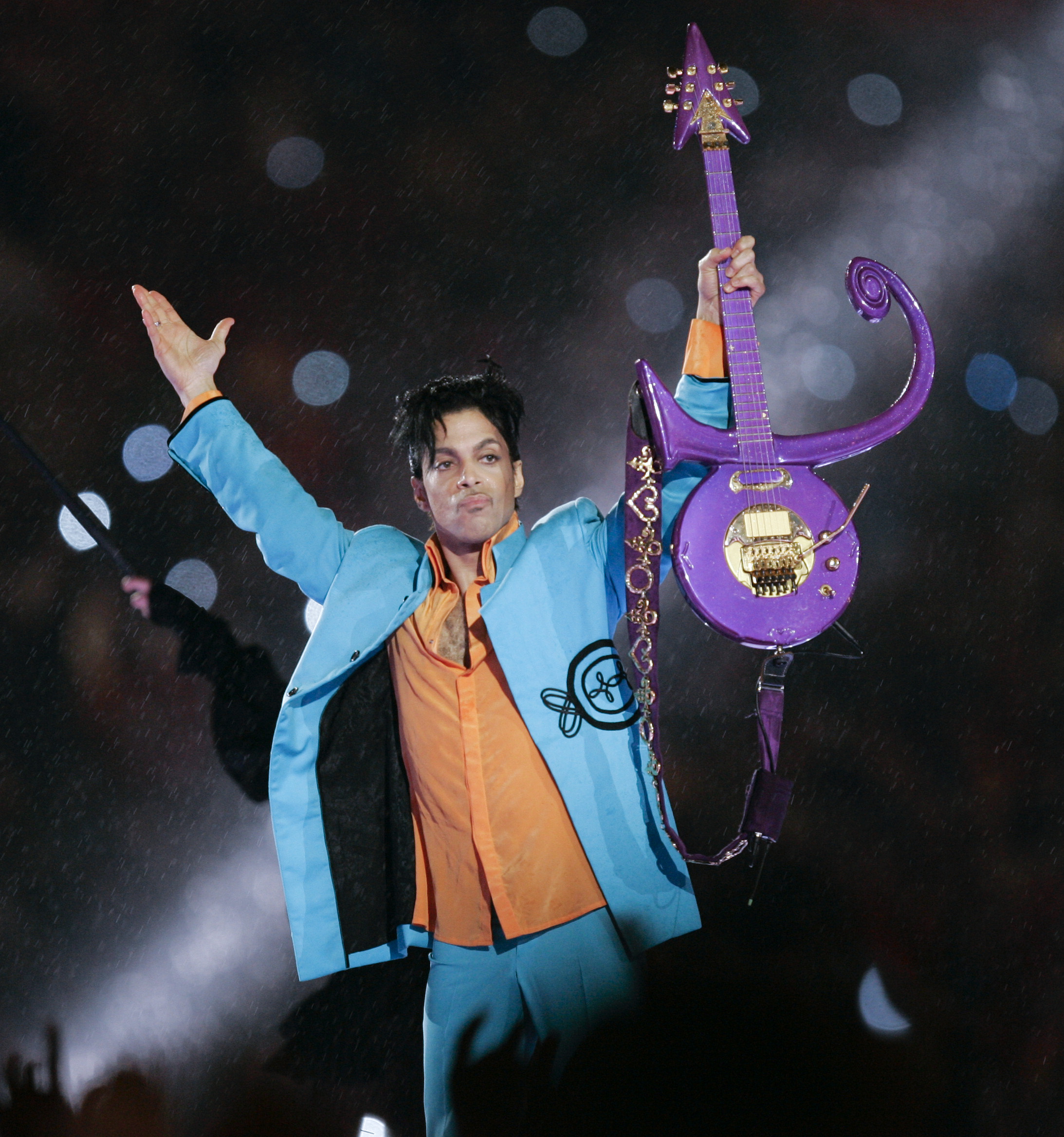Without a hint of irony, the Star Tribune today pegged the economic impact of the Minneapolis Super Bowl in 2018 between $80 million and $500 million. There’s no indication whether the calculation includes the impact of being portrayed as a winter hell hole between now and then.
Let’s step back a little bit, America. The NFL’s warm-weather choices haven’t been without problems.
Just ask this guy who got hit on the head with falling ice in Dallas just before the Super Bowl in 2011.

In 2000’s Super Bowl week in Georgia, up to a half-million people were without power because of an ice storm. It became known as the “ice bowl.” We don’t have many ice storms in early February in Minnesota.

How about, Miami? What can go wrong there? An inch of rain in 2007. We could’ve enjoyed Prince’s halftime show had we not spent the time worrying he would be electrocuted.

The 2012 Super Bowl, held in Indianapolis, is widely considered to be the best Super Bowl Week in the history of the game. Game time temperature: 39.
Game time temp in New Jersey, where the Super Bowl was held this year, was around 50. We’re actually capable of that. It was 51 in Minneapolis on February 4, 2005 — the date on which the 2018 game will be played. A few more years of climate change and maybe we’ll get lucky again.
One more weather fact: The least snowiest month of winter in Minnesota is February.
